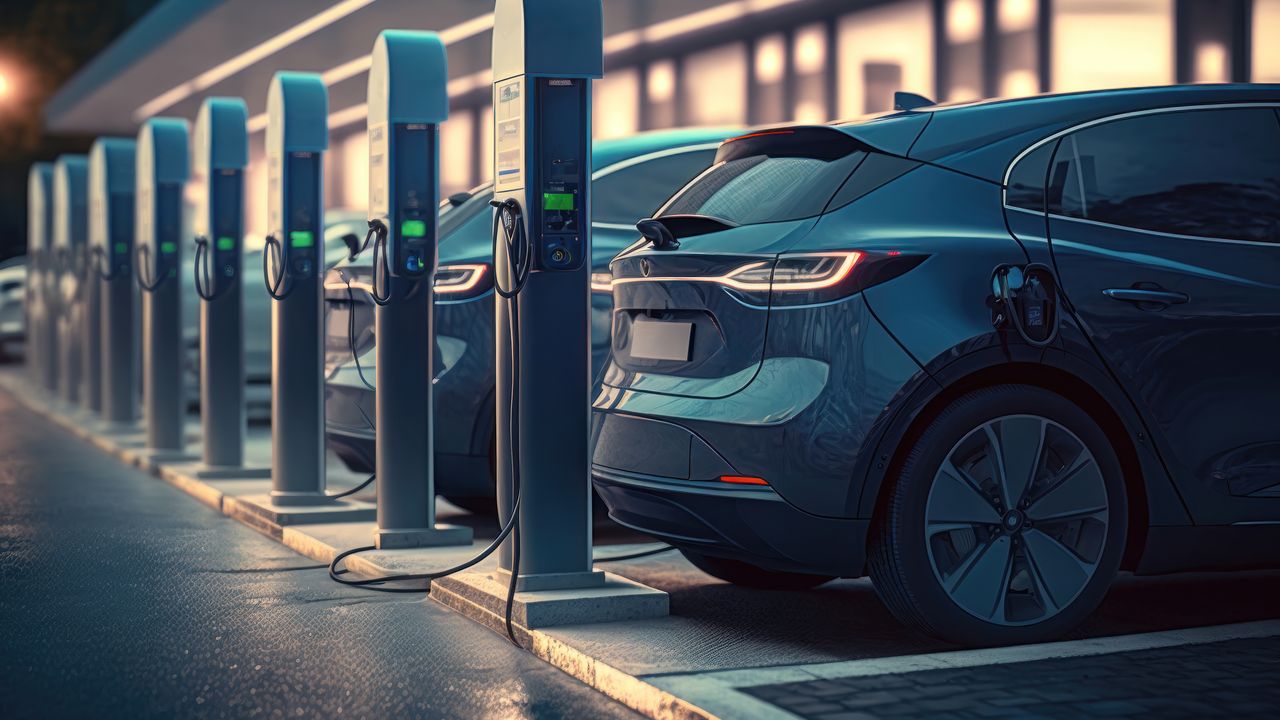Electric vehicles (EVs) have become increasingly popular in recent years, as more people look for ways to reduce their carbon footprint and save money on fuel costs. However, the high cost of EVs has been a barrier for many consumers. Fortunately, governments around the world have recognized the benefits of EVs and have implemented various incentives and subsidies to encourage their adoption.
One of the most significant incentives for EVs is the availability of subsidized charging stations. Governments have recognized that one of the biggest concerns for EV owners is the availability of charging infrastructure. To address this concern, many governments have implemented programs to subsidize the installation of charging stations. These programs provide financial assistance to businesses and organizations that install charging stations, making it easier for EV owners to find a place to charge their vehicles.
In addition to subsidized charging stations, many governments also offer purchase incentives for EVs. These incentives can take the form of tax credits, rebates, or other financial incentives that reduce the cost of purchasing an EV. For example, in the United States, the federal government offers a tax credit of up to $7,500 for the purchase of a new EV. Many states and local governments also offer additional incentives, such as rebates or exemptions from sales tax.
Another way that governments are encouraging the adoption of EVs is through emission reduction programs. Many governments have set targets for reducing greenhouse gas emissions, and EVs are seen as a key part of achieving these targets. To encourage the adoption of EVs, governments have implemented programs that provide incentives for businesses and individuals to switch to electric vehicles. For example, some governments offer grants or loans to businesses that purchase EVs for their fleets.
Overall, the availability of government incentives and subsidies has made EVs more accessible and affordable for consumers. These programs have also helped to create a market for EVs, which has led to increased competition and innovation in the industry. As a result, EVs are becoming more affordable and practical for everyday use.
If you are considering purchasing an EV, it is important to research the incentives and subsidies that are available in your area. Many governments offer a variety of programs, so it is important to understand the options that are available to you. You can start by checking with your local government or visiting the website of a national organization that promotes EV adoption.
In conclusion, the availability of government incentives and subsidies is making EVs more accessible and affordable for consumers. Subsidized charging stations, purchase incentives, and emission reduction programs are just a few of the ways that governments are encouraging the adoption of EVs. If you are considering purchasing an EV, be sure to research the incentives and subsidies that are available in your area to take advantage of these programs and save money on your purchase.
